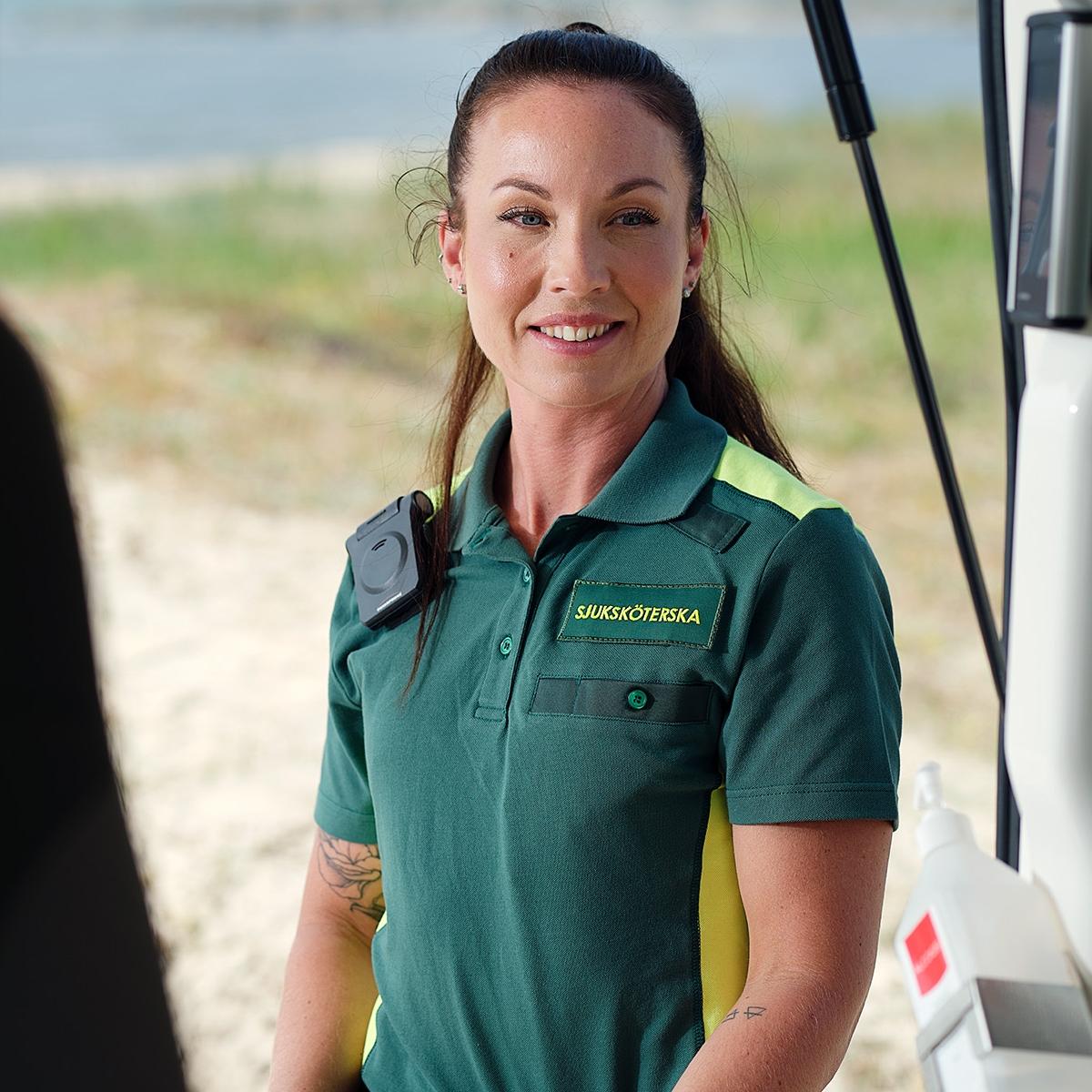
Collaboration
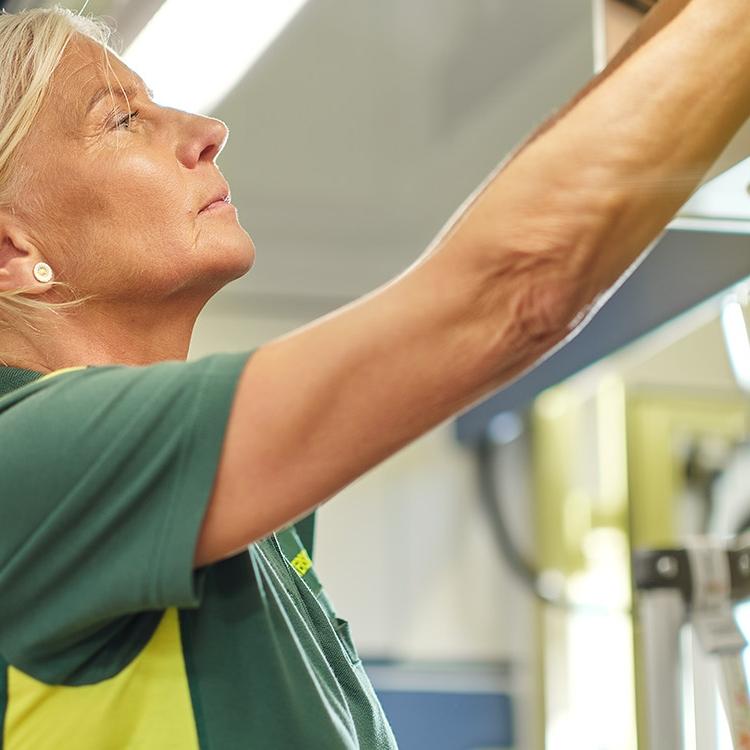
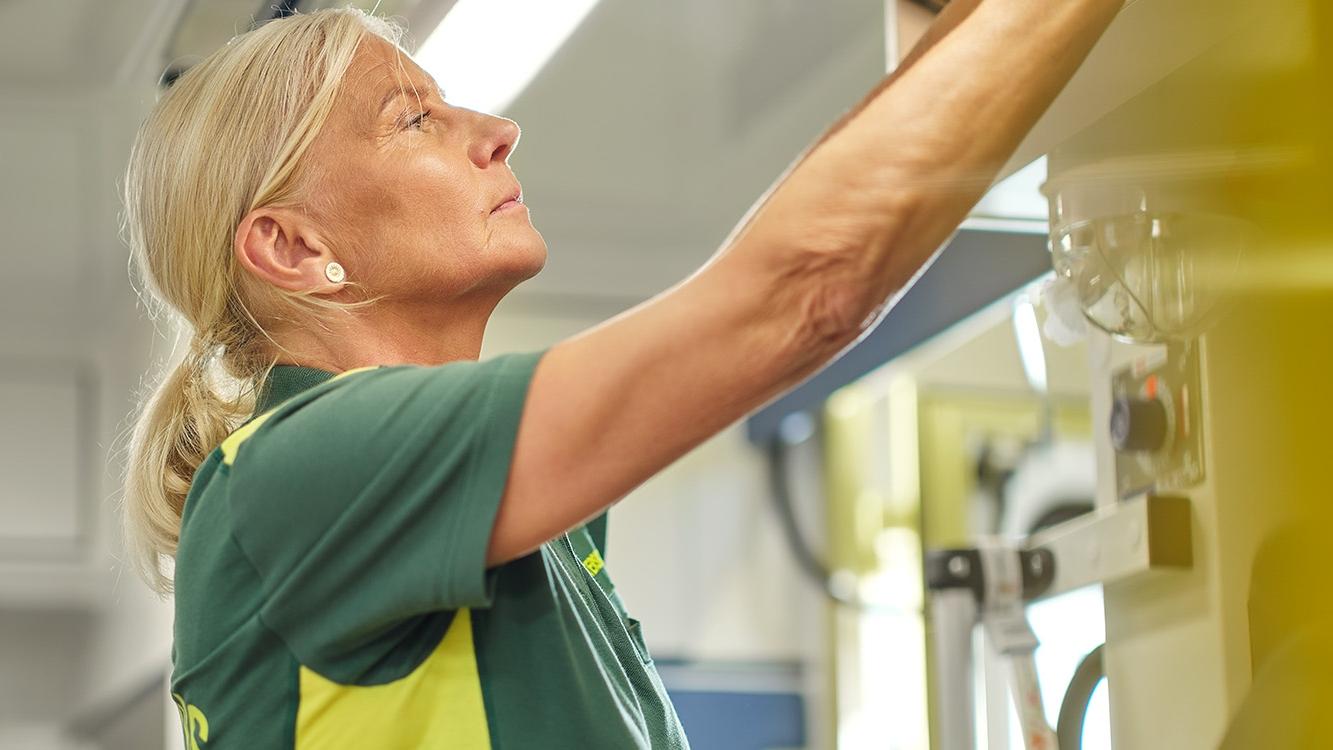

We base our decision making on established methods and standards, calculate our emissions using the Greenhouse Gas (GHG) Protocol, and perform Life Cycle Assessments (LCA) on our products to help us identify areas of improvement.
We have set climate targets in line with the 1.5°C pathway of the Paris Agreement in all three scopes of the Green House Gas (GHG) Protocol.
We set high standards for everyone we work with to ensure that our clothing is produced responsibly. We choose our partners and suppliers carefully and have processes in place for due diligence, transparency, and follow-up. As part of the Hultafors Group, we require our suppliers to adhere to the group’s Code of Conduct (CoC). It’s based on international standards to ensure fair, safe, and healthy working conditions, as well as environmental responsibility across our entire supply chain.
For Eripio we have chosen to have a European supply chain.
EripioWear secures constant insights from the factory floors through operational presence.
Our optimized supply chain enables us to keep close contact with our partners. This has proven to be fruitful, both from a risk perspective and when reducing emissions in our supply chain.
We have a worldwide complaint system provided via Whistle B allowing anyone to report suspected misconduct within our supply chain.
Continue reading

Collaboration
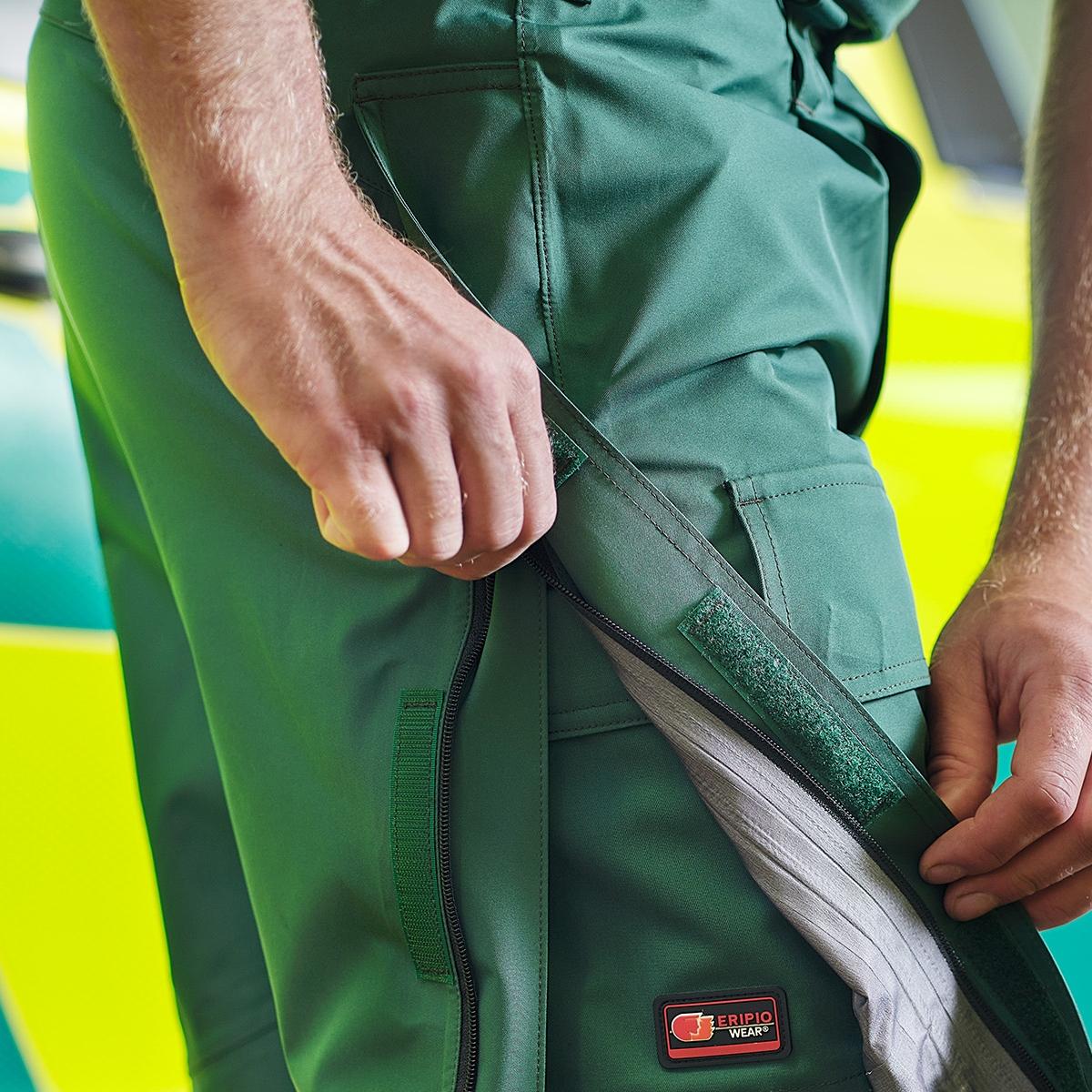
Design
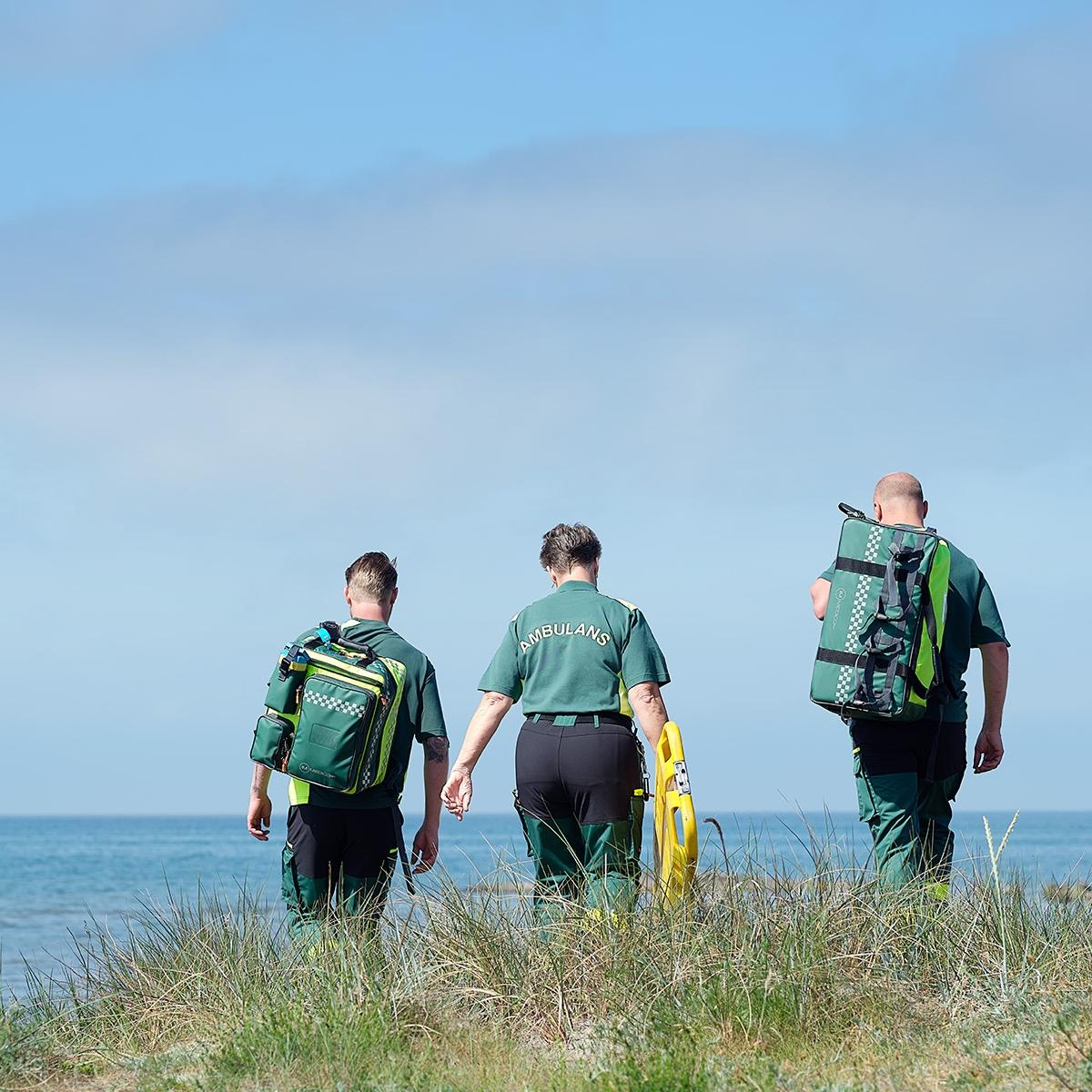
Sustainability